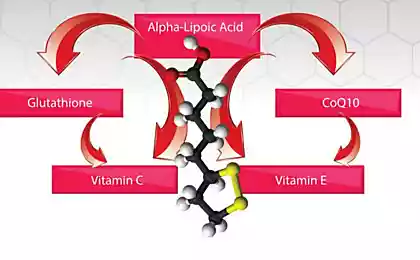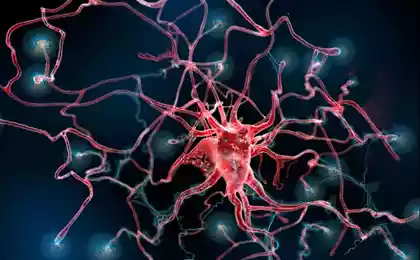157
Hypnosis and the Brain: How Does It Work?

Description: A Journey into the Neurobiological Depths of Hypnosis: How Altered States of Consciousness Restructure Brain Networks and Become a Therapy Tool Real experimental data and clinical breakthroughs.
When Science Meets Magic
In 2025, researchers at the University of Zurich recorded something amazing: the brain under hypnosis works like an orchestra, where the conductor is not the consciousness, but the subconscious. Using fMRI, they found that hypnosis redistributes activity between the prefrontal cortex and the limbic system, temporarily shutting down "critical thinking."
Three neurorevolutions in understanding hypnosis
- FMRI breakout: decrease in activity in the dorsolateral prefrontal cortex by 40% - the zone of logical analysis
- Theta rhythms4-8 Hz wave synchronization characteristic of deep meditation
- neurochemistry: release of endorphins and reduction of cortisol in hypnoanalgesia

The experiment that changed everything
During the three-year study, 50 volunteers with high hypnotism were immersed in the state of Esdale (deep hypnosis). The results, published in Scientific Reports, showed:
4 key changes:
- Activation of the islet lobe – the center of bodily awareness
- Synchronization of thalamo-cortical rhythms
- Increased connection between the right hemisphere and the hippocampus
- Reduced activity in the “passive mode network” by 27%
Hypnosis as therapy: neurons against pain
The University of Geneva Clinic has introduced hypnotherapy to:
- Reduced postoperative pain by 42%
- Treating Phantom Pain Through Virtual Images
- Reducing migraines by “reprogramming” triggers

Case from practice.
A patient with social phobia after 8 sessions of hypnotherapy showed:
- Increased density of gray matter in the prefrontal cortex
- Decreased amygdala activity on EEG
- Normalization of serotonin levels
Glossary
suggestia Purposeful verbal influence, bypassing critical thinking
Hypnability Individual ability to go into trance
Theta rhythms 4-8 Hz brain waves, a marker of deep relaxation
rapport Trust between the hypnotist and the subject
Dissociation mental separation from bodily sensations























